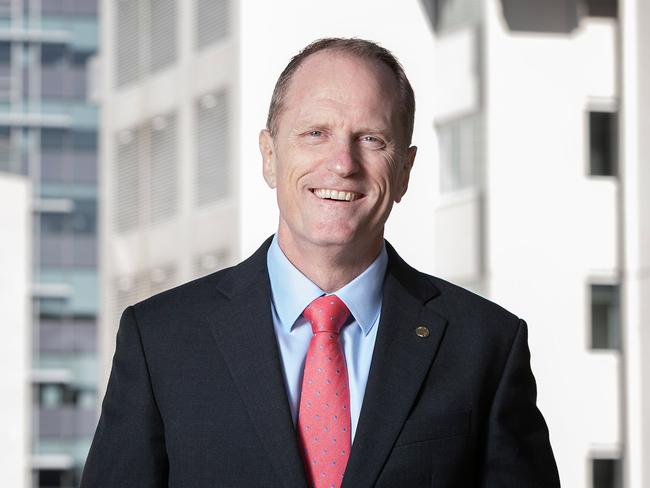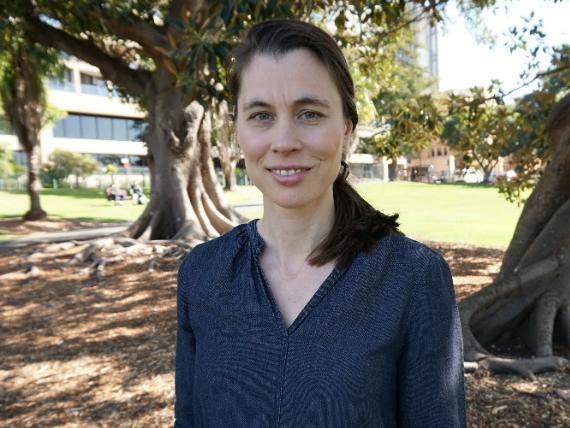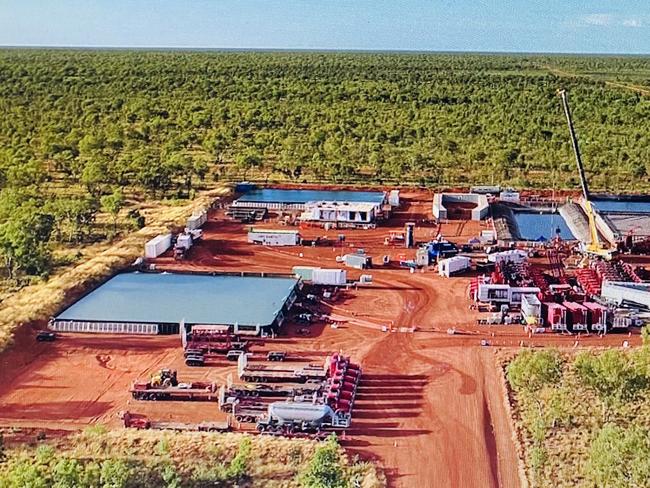How gas could play a role in Australia’s net zero future
Some say natural gas is ultimately incompatible with net zero – and others say it will be absolutely essential. This is how it will play a role.
Environment
Don't miss out on the headlines from Environment. Followed categories will be added to My News.
Natural gas is a huge and growing industry for Australia, with export earnings expected to be $56 billion in 2021-22. Critics point out the emissions from gas are ultimately incompatible with a net zero target, but supporters say the emissions from gas are half those from coal-fired power plants.
WHY DO WE NEED GAS?
Natural gas supplies just over a quarter of Australia’s total energy, and just over a fifth (21 per cent) of our electricity supply. Remember there’s a difference between those two things: “energy” includes how we power our cars, homes, heavy industry … everything.
Beyond electricity, gas is used in about 11 per cent of family homes for cooking and heating, nationally, although this proportion varies widely between each state and territory.
Gas is also critical in the manufacture of a wide range of products, including plastics, glass, aluminium, hand sanitiser, electronics, sporting equipment and fertilisers.
WHAT IS THE CASE FOR GAS?

In a nutshell: it produces fewer emissions than coal, it’s very reliable, it’s a huge export earner for Australia, and it employs thousands.
“(Gas is) a very clean burning source of fuel, it’s very abundant here in Australia, and it’s very economically efficient here in Australia,” says Andrew McConville, Chief Executive of the Australian Petroleum Production and Exploration Association (APPEA).
The industry represents about 3 per cent of Australia’s total GDP, 13 per cent of our total exports, and together with oil, directly employs about 80,000 full time workers.
Natural gas is also a key part of the net zero pathway, the industry stresses.
“Our industry as a whole is committed to net zero by 2050,” Mr McConville says. “APPEA has a policy position which is net zero by 2050. We can continue to use gas in a manner that’s entirely consistent with [the] Paris [Agreement], and entirely consistent with achieving net zero by 2050.”
Natural gas is already “doing a lot of the heavy lifting” on bringing down global greenhouse gas emissions, he says.
“We talk about switching from coal to gas. The government estimates about 170 million metric tonnes of emissions reduction in Asia a year (have been saved) as a result of Australia’s exports of LNG. We’re already doing it and we’ve got great prospects to do more as we move forward.”
WHAT IS THE CASE AGAINST GAS?

Gas is a fossil fuel, and while it produces about half the greenhouse gas emissions of coal, that’s still bad when you consider there’s only a certain amount of emissions we can pump into the atmosphere before we trigger irreversible damage to the climate and environment.
In a report released in May, the International Energy Agency advised an immediate and worldwide stoppage to new fossil fuel projects.
There have also been reports that link gas to poor health outcomes – both in terms of gas extraction and its use in domestic settings.
A May 2021 study by Dr Kate Charlesworth for the Climate Council stated gas cooking in the home was associated with increased risks of both getting asthma and worsening existing asthma.
WHAT ROLE WILL GAS PLAY AS WE HEAD TOWARD 2050?
Prime Minister Scott Morrison has stated natural gas would help “bridge the gap” until renewable energy technologies are on par with traditional energy sources.
In September 2020 he announced a “gas fired recovery” from Covid-19, saying the government would “get more gas into the market” through a range of measures, including unlocking five key gas basins starting with Beetaloo in the NT and North Bowen and Galilee in Queensland.

Just days after the IEA report was released in May, the Federal Government announced it would spend $600 million to build a new gas-fired power station in the Hunter Region. Critics said the announcement was purely a sweetener for an imminent NSW state by-election. The industry said it was an endorsement of the role gas will play in our future energy mix.
The 21 per cent of our electricity supply that comes from gas “will probably decline somewhat as we see the further uptake of renewables,” Mr McConville says, “but in many ways it will become more important as it will provide stability to the system”.
It’s also anticipated gas will play a role in the production of hydrogen, with the IEA report suggesting 40-50 per cent of the world’s hydrogen needs could come from gas – so-called “blue hydrogen” – by 2050. Blue hydrogen is at present much cheaper than “green” hydrogen – the sort produced by renewables.
“So gas is going to play a very important role as we go forward,” Mr McConville says. “The trick will be to look at ways we help decarbonise that energy as we go forward.”
SO HOW DO WE DE-CARBONISE GAS?
Carbon capture and storage (CCS) is the industry’s term for the process by which greenhouse gases produced by industry can be pumped into the earth, so they don’t add to cumulative tallies in the atmosphere. Proponents have talked it up for years, but in Australia there is currently just one functioning CCS project, although more are planned, and the one that is working (operated by Chevron off the WA coast) has been plagued by performance issues.
Mr McConville says there are some 19 CCS projects around the world, and it was a “safe and permanent solution to reducing greenhouse gas emissions”. He’s “absolutely” confident the technology will become viable, and on a big scale.
“CCS can help Australia to not only meet, but beat our emissions reduction targets,” he said.
“With scale and experience, the cost of CCS will decrease, creating the potential to deliver competitive, large-scale abatement for existing industries and new industries such as hydrogen and ammonia.“
SO … GAS. GOOD OR BAD?
That might be the wrong question. Debate seems to settle on whether it’s a necessary part of our transition to net zero. Former Chief Scientist Alan Finkel has been one defender, saying natural was more reliable as a back-up for renewables than batteries or pumped hydro-electricity.
“It’s very easy to characterise the argument as binary, good versus bad, black versus white,” Mr McConville said. “It’s grey, and it needs to be understood that one can be completely factual without being factually complete. We need to ensure we’re factually complete when we’re considering all these options as we go forward.
“There is no silver bullet in taking climate action and all options need to be considered to help Australia reach net zero,” he said.
More Coverage
Originally published as How gas could play a role in Australia’s net zero future





